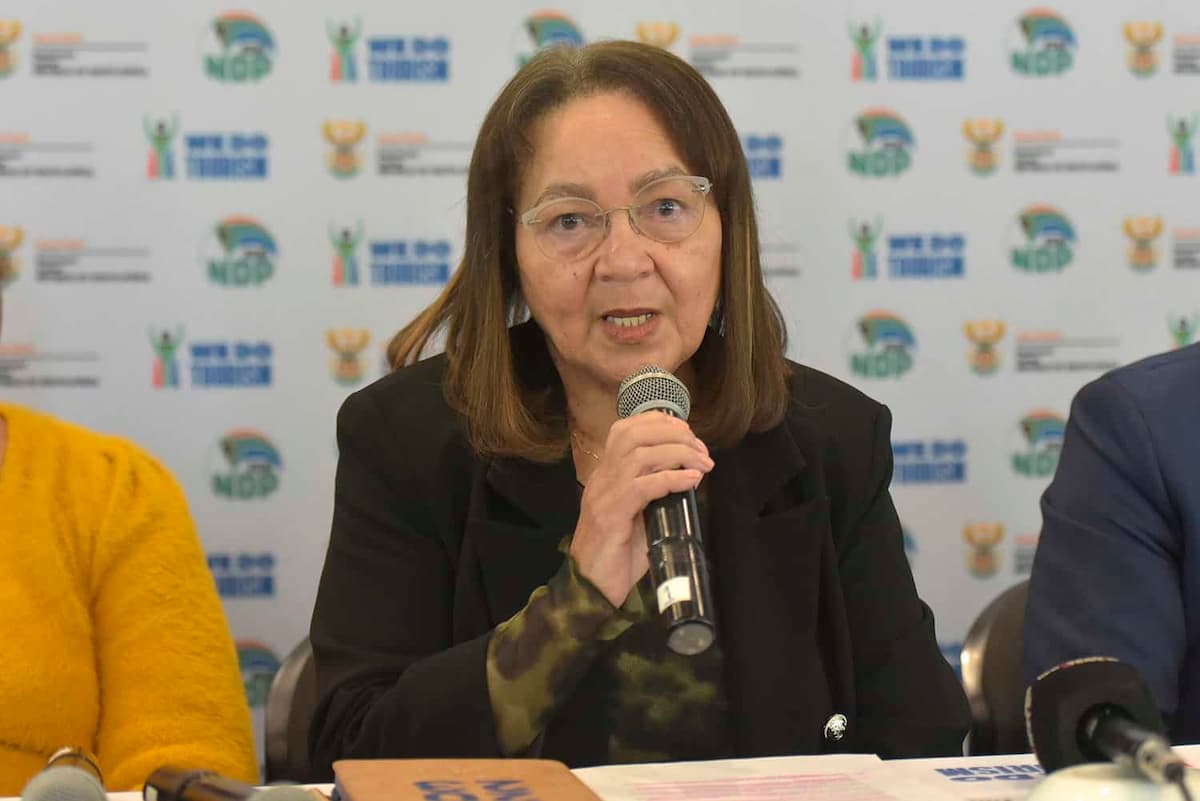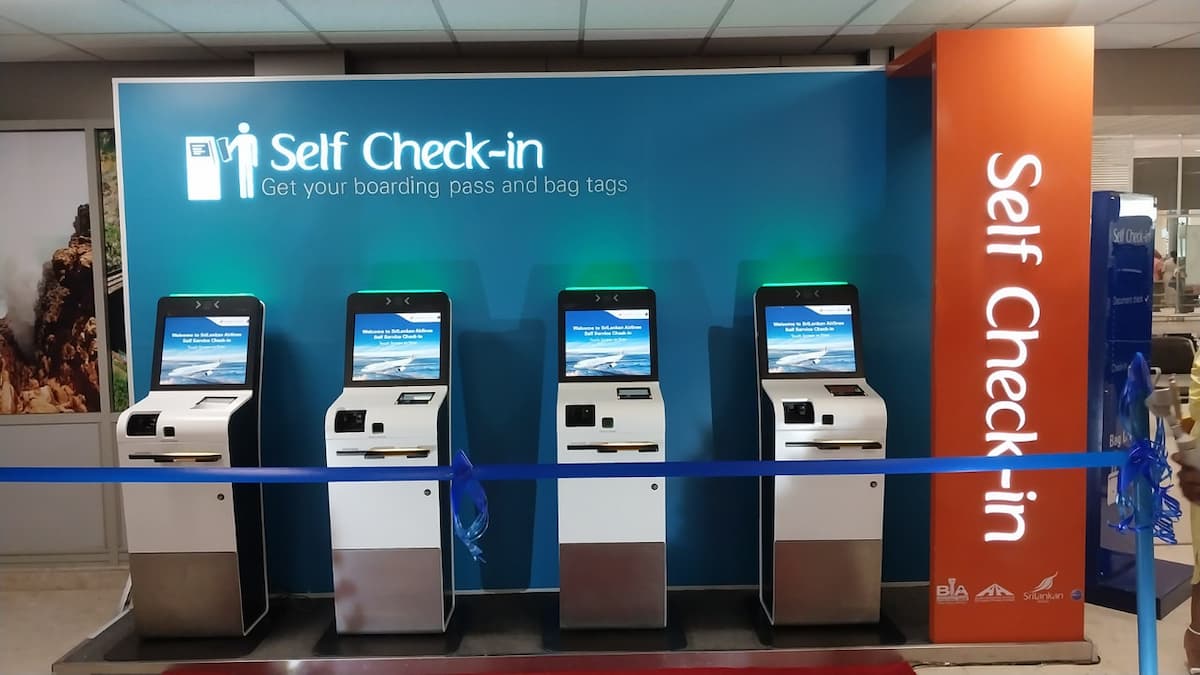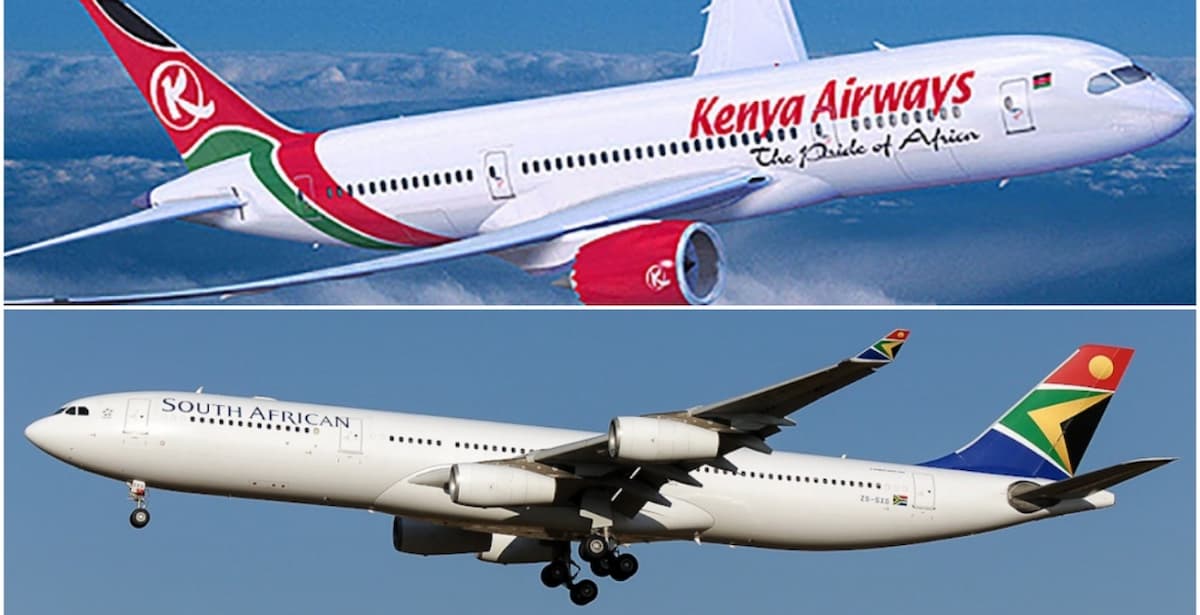Hatta, Dubai’s captivating mountain town, has been rising in global and regional profile over the last few years as a prominent travel destination. Often referred to as the ‘Highlands of Dubai’, Hatta has transformed into one of the Middle East’s most enchanting cultural, entertainment and adventure tourism hubs offering a unique mix of thrilling outdoor activities, rich historical narratives, and breathtaking natural scenery.
The area is one of the key highlights of the latest edition of the #DubaiDestinations winter campaign, launched by Brand Dubai, the creative arm of the Government of Dubai Media Office (GDMO), in collaboration with the country’s creative community and a range of stakeholders, including Dubai’s Department of Economy and Tourism (DET).
As Hatta undergoes a transformation, driven by Dubai’s visionary development plan, it beckons travellers from around the world, promising an array of experiences. Whether seeking an adrenaline-pumping mountain biking adventure, a reflective stroll through historical sites, or a tranquil moment by a scenic lake, Hatta is a must-visit for anyone seeking distinctive experiences and memories that last a lifetime. With its unique blend of activities, events and attractions, Hatta has rapidly emerged as a ‘bucket list’ destination for global travellers.
His Excellency Helal Almarri, Director General of Dubai’s Department of Economy and Tourism, said: “Hatta’s rise as a premier eco-tourism, adventure sports and cultural destination reflects Dubai’s commitment to creating unique experiences for both domestic and global travellers. Under the Dubai leadership’s visionary strategy, Hatta’s evolution as a destination, which forms part of the Dubai 2040 Urban Master Plan, has added a unique new dimension to Dubai’s rich array of attractions. Hatta is a testament to our commitment to sustainable, responsible, and diverse tourism, and our resolve to foster destinations that are not only exceptional but also deeply rooted in environmental consciousness and community development.”
Adventure tourism hub
Located 130 km south east of Dubai, the journey to Hatta is a visual feast, transitioning from an enchanting desertscape to stunning mountain scenery. Hatta’s landscapes are also an adventure enthusiast’s dream. In the heart of the mountains, Hatta Wadi Hub stands as a magnet for thrill-seekers. This adventure haven offers a range of activities including cycling, mountain biking, ziplining, horseback riding and paragliding.
Wadi Hub’s recently opened Aerial Adventure Park is an exhilarating attraction accessible to visitors of all ages and physical abilities. The new park boasts activities like high ropes course, free fall, giant swing, 45 degree zip, bag drop and zip line belay, and the heart-pounding “Leap of Faith’.
For cycling enthusiasts, the Hatta Mountain Bike Trail Centre offers an extensive network of trails, covering over 50 kilometres and catering to all skill levels. The trails wind through hills, wadis and farmlands, marked clearly for self-guided exploration. Open year-round, these exciting trails offer exhilarating bike rides amidst scenic settings.
Hatta’s topography is also a hiker’s paradise. From the sandy valleys to the rugged foothills of the Hajar Mountains, the area offers varied terrains. The Hatta Dam area, a popular hiking spot, provides stunning vistas and potential wildlife encounters, including the elusive Arabian sand cat. The Hatta Wadi Hub also serves as a gateway to various hiking experiences.
Hatta is a sanctuary for endangered species like the Arabian tahr. Hikers can explore the natural habitat of these rare animals, contributing to the awareness and conservation of the region’s wildlife. Swan Lake, known for its diverse birdlife, is an idyllic location for birdwatchers and nature lovers.
In addition, the vast Hatta Lake offers opportunities for water sports like kayaking and paddleboarding. Visitors can rent kayaks or paddle boats from kiosks for a relaxing ride across its clear waters, where they have a chance to encounter the lake’s natural inhabitants including fish and birds. They can also venture into unseen areas through curved passageways hidden behind the mountains.
Art, culture and heritage
The Hatta Heritage Village draws tourists eager to experience the UAE’s rich past. This meticulously restored village, dating back to the third century BC, stands as one of the oldest in the country. It features authentically reconstructed stone houses, ancient water wells, watchtowers, and a traditional majlis. Visitors can explore a remarkable collection of old photographs that vividly depict traditional life in Hatta, alongside a dedicated area for basket-weaving and a museum space displaying historic tools and weapons. Adjacent to the village, the Al Sharia Palm Tree Farm showcases the ancient falaj irrigation system, a marvel of traditional engineering.
Another historical attraction is the Hatta Fort, built in 1896, one of the most significant architectural monuments in the UAE. This structure, which originally served as both a residence and defence stronghold, features a spacious internal courtyard and a 11-metre-high watchtower. The building, which was restored in 1995, is made of mountain stones and mud bricks, while the ceiling is constructed using palm fronds, trunks and mud.
As part of the second phase of Hatta’s development plan, Dubai seeks to nominate the region’s archaeological sites, including the ancient falaj irrigation system and the Hatta tombs from the Bronze and Iron Ages, for inclusion in the UNESCO World Heritage list. The Hatta tombs are some of the most impressive evidence of the prehistoric past of the region. Human remains found in some of the tombs prove that they were reused over the millennia as late as the Middle Islamic times.
Larger-than-life public art
In an unexpected fusion of tradition and modernity, the mountains in Hatta enclose an extraordinary piece of public art. A massive inclined mural, drawn on the outer wall of the Hatta Dam, features portraits of the UAE’s founding fathers, the late Sheikh Zayed bin Sultan Al Nahyan and Sheikh Rashid bin Saeed Al Maktoum.
Another iconic feature of the area is its massive ‘Hatta’ sign, perched atop one of its highest peaks. Visible from numerous locations around Hatta, this landmark has letters that stand 60 metres tall. Guinness World Records recently awarded the sign the title of ‘Tallest Landmark Sign’. For those seeking an adventurous journey, a 30-minute trek from Hatta Wadi Hub leads to this remarkable sign. As night falls, the sign transforms, illuminating the night sky, creating a captivating spectacle.
Local products
The new Hatta Souq provides a place where visitors can explore products of local farmers and residents. Built with largely manmade construction materials, the Souq houses shops selling locally-grown produce, home-grown cafes and restaurants, and spaces for food carts. Spanning 146,000 square feet, and a built area of over 43,000 square feet, the Souq encompasses seven shops, six indoor and seven outdoor kiosks, 42 sales platforms, a large store, eight food carts, a children’s playground and green spaces.
Visitors to Hatta also have the opportunity to gain insights into the region’s beekeeping traditions at the Hatta Honeybee Garden. This educational and interactive experience also allows visitors to learn about the importance of bees in our ecosystem. Engaging activities like beeswax candlemaking and beehive frame-building offer a hands-on approach to understanding these unique insects.
Family-friendly destination
Hatta is also one of the UAE’s most family-friendly destinations. Hatta Hill Park, set against the backdrop of the Hajar mountains, is a perfect spot for family outings, offering picnic areas, sports fields, and a tower with panoramic views. The Hatta Dam, with its stunning mountainous surroundings, is another highlight for families seeking a quiet outing. Here, one can also engage in activities like kayaking, amidst nature’s tranquil grandeur.
Hatta offers a range of options for outdoor camping. Visitors can pitch up a tent and sleep under the stars at the dedicated Hatta Campsite. There are also many options available for luxurious, mountainside camping and ‘glamping’ experiences. Also available are farmhouse rentals catering to larger groups, offering pools and barbecue areas.
As part of Brand Dubai’s collaboration with Dubai’s Department of Economy and Tourism (DET) for the latest #DestinationsDubai winter campaign, the Dubai Festivals and Retail Establishment (DFRE), an agency of DET, is working closely to conduct family-friendly events and activities in Hatta.
This includes organising various activities at the inaugural edition of the Hatta Festival, a vibrant celebration of culture, sports and family entertainment being held until 31 December. Organised by Brand Dubai, in partnership with the Supreme Committee Overseeing Hatta Development, the festival is the centerpiece of the third edition of the #DubaiDestinations winter campaign, and includes spectacular lighting displays across Hatta Fort, a recreation of the illuminating lights of the Champs-Elysées, and fireworks displays above the Hatta sign every weekend throughout the festival.
Featuring diverse activities and attractions for families and children of all ages at the newly-developed Leem Lake in Hatta and the Hatta Wadi Hub, the Hatta Festival showcases the uniqueness of the region and its recent development as an eco-friendly destination. The festival also aims to promote Hatta’s cultural, historical and natural treasures, and encourage visitors to enjoy its unique landscapes and recreational activities.
Evolving tourism offering
Named as one of the ’50 Most Beautiful Small Towns in the World’ by Condé Nast Traveler in May this year, Hatta is undergoing further transformative developments, which are set to add to its destination appeal. Phase II of the Hatta development plan is set to significantly enhance the region’s appeal, encompassing a total of 22 diverse projects and initiatives. A key goal of the second phase is to transform Hatta Beach into a year-round tourist destination, catering to both residents and visitors. With a wide range of recreational facilities, services, and activities, the waterfront is expected to significantly increase tourist inflows to the area.
Another major highlight of the second phase is the construction of the Hatta Sustainable Waterfalls near the Hatta Dam. Complementing this, a 5.4 km cable car will transport visitors from the dam to Umm Al Nusour, the highest peak in Dubai, offering spectacular views. Furthermore, the plan includes the development of eco-friendly hotels and health resorts with urban designs that harmonise with the natural surroundings of Hatta.
Source: Emirates 247









